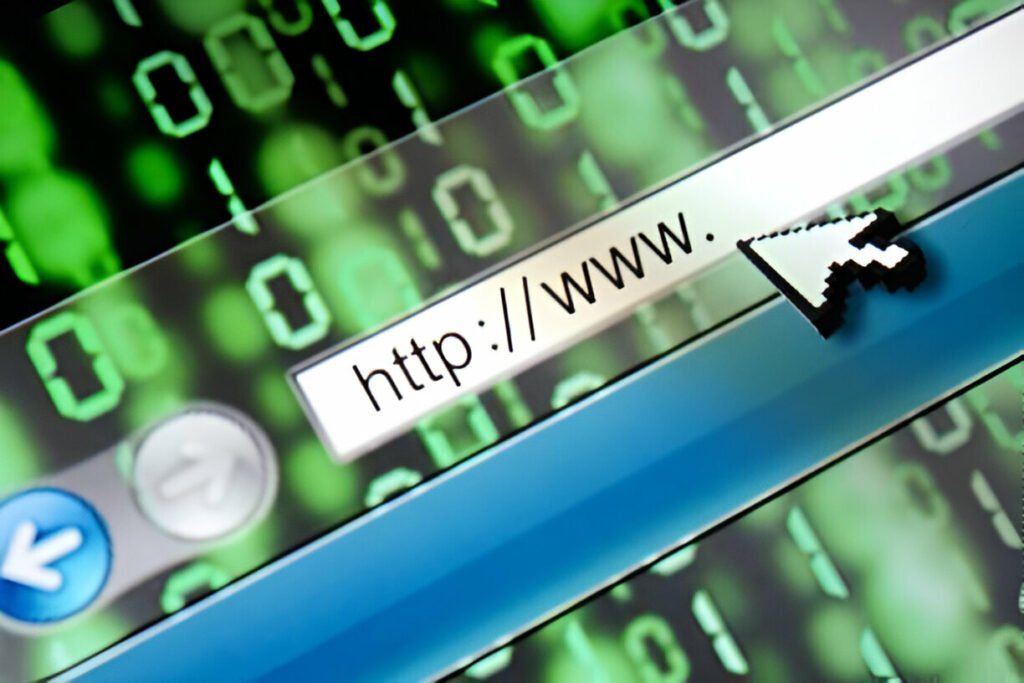The Role of Technology in Sustainable Living
Technology has become an integral part of our daily lives, but did you know it also plays a significant role in promoting sustainable living? As we face increasing environmental challenges, technological innovations are providing solutions that help us live more sustainably. In this article, we’ll explore how technology is transforming our approach to sustainability, making it easier and more accessible for everyone. Green Energy Solutions One of the most significant ways technology contributes to sustainable living is through green energy solutions. Renewable energy sources like solar, wind, and hydroelectric power have revolutionized how we produce and consume energy. Solar panels, for instance, have become more efficient and affordable, enabling homeowners to generate their own electricity and reduce dependence on fossil fuels. Wind turbines are another example, providing clean energy to power entire communities. These technologies not only reduce greenhouse gas emissions but also create jobs and drive economic growth. Smart Homes and Energy Efficiency Imagine a home that can adjust its energy use based on your daily routine. Smart home technology makes this possible, optimizing energy consumption and reducing waste. Smart thermostats, for example, learn your preferences and adjust heating and cooling to save energy. Energy-efficient appliances, LED lighting, and automated systems ensure that electricity is used only when needed. By integrating these technologies, homeowners can significantly cut down on their energy bills and contribute to a more sustainable environment. Sustainable Transportation Transportation is a major contributor to carbon emissions, but technology is helping to change that. Electric vehicles (EVs) are becoming more common, offering a cleaner alternative to traditional gasoline-powered cars. With advances in battery technology, EVs are now more affordable and have longer ranges. Public transportation is also evolving. Smart transit systems use real-time data to optimize routes and schedules, making public transport more efficient and reducing the number of vehicles on the road. Bike-sharing programs and electric scooters provide additional sustainable options for short-distance travel. Waste Management and Recycling Proper waste management is crucial for sustainability, and technology plays a vital role here as well. Advanced recycling technologies are improving our ability to process and reuse materials that would otherwise end up in landfills. Smart bins, equipped with sensors, can sort waste into recyclable and non-recyclable categories automatically. Waste-to-energy technologies convert organic waste into biogas, providing a renewable source of energy. These innovations help reduce the environmental impact of waste and promote a circular economy. Water Conservation Technologies Water scarcity is a pressing global issue, but technology offers solutions to conserve and manage this vital resource. Smart irrigation systems, for instance, use sensors and weather data to optimize watering schedules for crops, reducing water waste. In urban areas, smart meters help detect leaks and monitor water usage in real-time, allowing for prompt repairs and efficient management. Rainwater harvesting systems collect and store rainwater for various uses, reducing the demand on municipal water supplies. These technologies are essential for ensuring a sustainable and reliable water supply. Sustainable Agriculture Agriculture is another sector where technology is making a big impact. Precision farming techniques use data and analytics to optimize crop yields while minimizing resource use. Drones and sensors monitor soil health, crop growth, and pest activity, enabling farmers to apply water, fertilizers, and pesticides more efficiently. Vertical farming, which involves growing crops in stacked layers indoors, is another innovative approach. It reduces land use, conserves water, and allows for year-round production in controlled environments. These advancements are crucial for feeding a growing global population sustainably. Circular Economy and Eco-Friendly Products The concept of a circular economy, where products are designed to be reused, refurbished, and recycled, is gaining traction thanks to technological advancements. 3D printing, for example, allows for the creation of products with minimal waste and the ability to recycle materials at the end of their life cycle. Eco-friendly products, such as biodegradable packaging and sustainable textiles, are becoming more prevalent as technology improves manufacturing processes. These innovations reduce our reliance on non-renewable resources and minimize environmental impact. Role of AI in Sustainability Artificial intelligence (AI) is a powerful tool for promoting sustainability. AI algorithms can analyze vast amounts of data to identify patterns and make predictions, helping businesses and governments make informed decisions. In agriculture, AI helps optimize planting schedules and pest control measures. In energy management, AI systems can predict electricity demand and adjust supply accordingly, reducing waste. AI also plays a role in climate modeling, helping scientists understand and mitigate the effects of climate change. Community and Education Initiatives Technology is not only about gadgets and systems; it also includes digital platforms that promote community engagement and education. Online platforms and social media raise awareness about sustainable practices and connect people with resources and initiatives. Educational apps and online courses make it easier for individuals to learn about sustainability and take action in their own lives. Community-driven apps facilitate the sharing of resources, such as carpooling and tool-sharing, promoting a more sustainable lifestyle. Challenges and Future Prospects While technology offers many solutions for sustainable living, it also presents challenges. The production and disposal of electronic devices, for example, contribute to environmental pollution. Ensuring that technological advancements are accessible to all and do not exacerbate existing inequalities is another critical issue. Looking ahead, continued innovation and collaboration are essential. Governments, businesses, and individuals must work together to develop and implement technologies that support sustainable living. By embracing these solutions, we can build a more resilient and environmentally friendly future. Technology in sustainable living is a game-changer. From green energy solutions and smart homes to sustainable agriculture and AI, technology is paving the way for a more sustainable future. As we continue to innovate and adopt these technologies, we can reduce our environmental impact and create a healthier planet for future generations.





